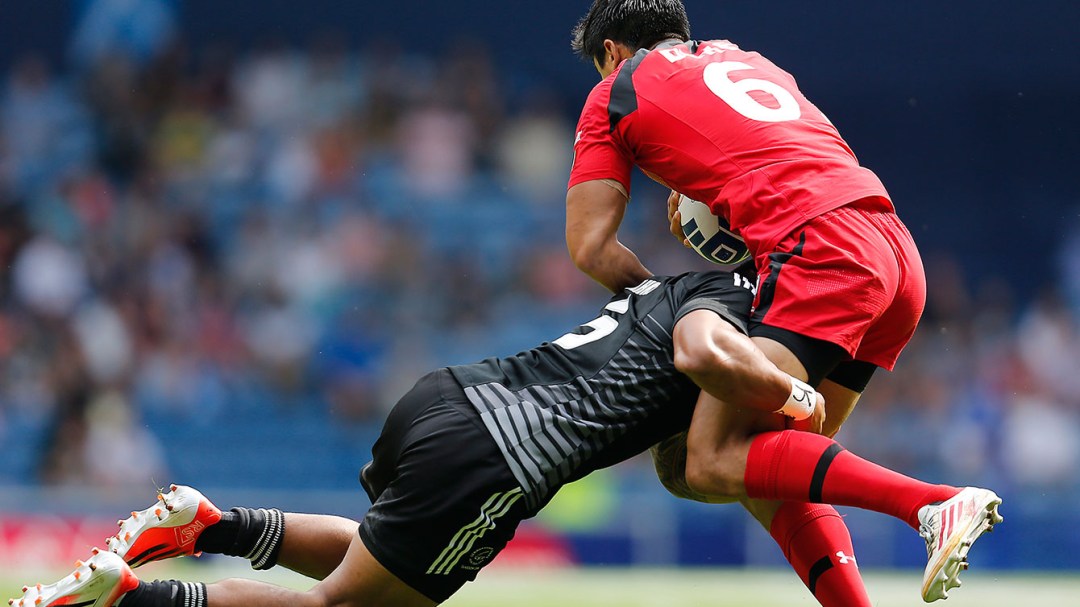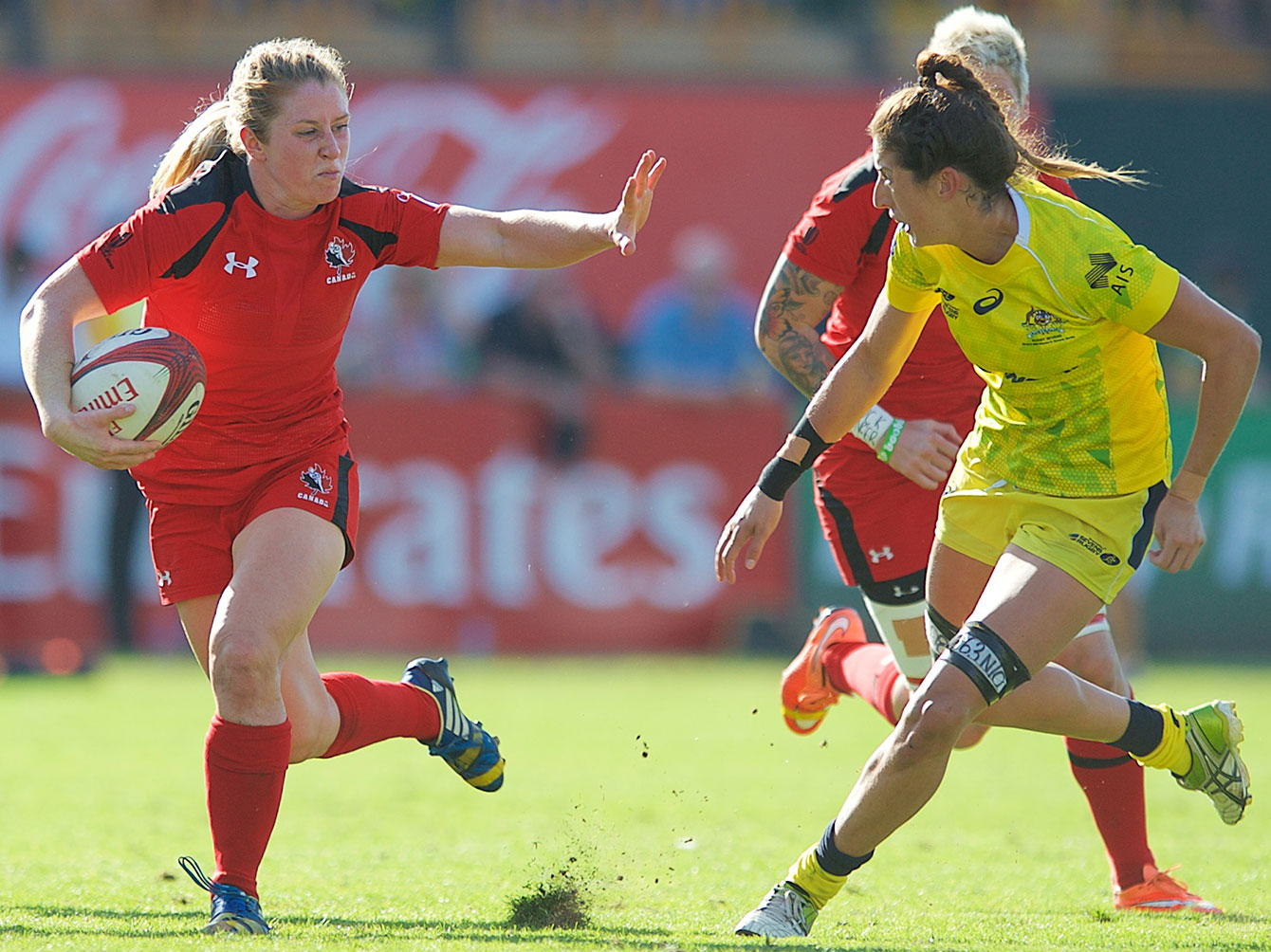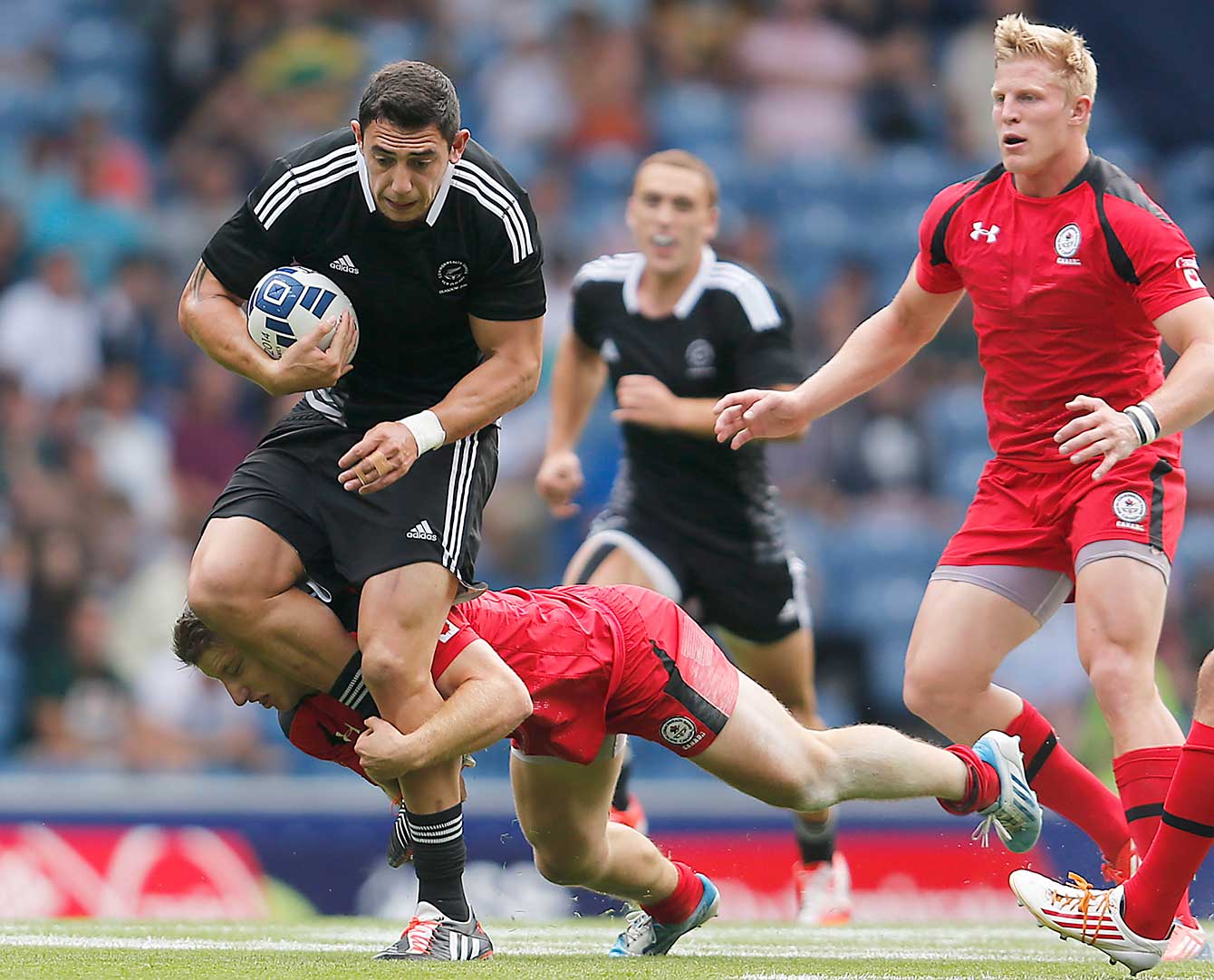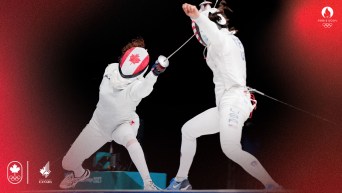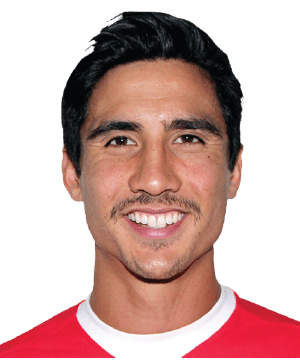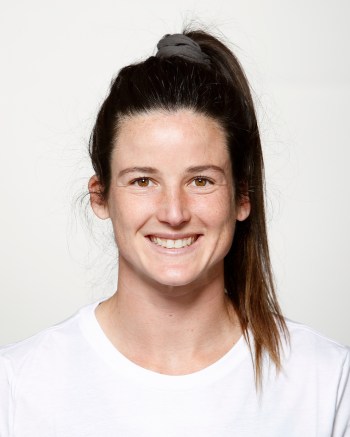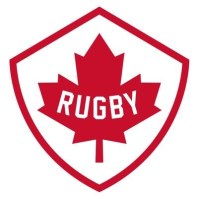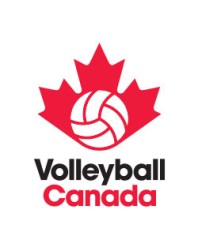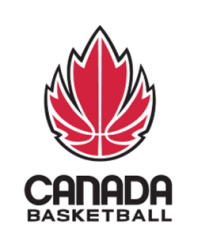How the Olympic rugby sevens tournament might work
Rugby will return as an Olympic sport at Rio 2016. Instead of rugby union with 15-a-side the Olympics will feature two-day long rugby sevens tournaments.
Rugby sevens is a fast-paced version of rugby, with seven players-per-side on a standard rugby pitch with the aim to down the ball behind the opponent’s try line.
Here’s a video explanation of rugby sevens
To give you an idea of how a rugby sevens tournament works we’ll use both international series as examples. The women compete in a six-event tour called the Women’s Sevens Series while the men contest nine tournaments during the Sevens World Series.
The 12-team Olympic tournament will probably be most like a Women’s Sevens Series event, because of an equivalent number of teams. There’s actually a Canadian stop in Langford, BC in April 2015.
Day One
The teams are divided into three pools of four teams meaning each team plays three games. The big goal on day one is to win games and rack up points. This is because qualifying and ranking for Sunday’s knock-out stage depends on pool placing and competition points scored.
What is the Cup, Plate, and Bowl?
Good question. Every sport has its traditions and 12-team rugby sevens tournaments usually award the Cup to the overall winners, the Plate to the 5th-place finisher, and the Bowl to the 9th-place team. (16-team tournaments add ‘The Shield’ for 13th-place) The tricky bit is figuring out how everyone else fits in between. Really, it’s quite simple.
Day Two – How to make the Cup competition
The Cup, Plate, and Bowl really just refer to mini-competitions in the tournament. Pool play on day one determines which eight teams will move on to the Cup quarterfinals. In the Women’s Sevens Series the top-8 are the first and second place finishers in each pool (that’s six teams) with the last two spots given to the two third-place teams with the most, and second-most competition points.
How Cup and Plate competition works
Win in the Cup quarterfinals and its on to the semis.
Win in the Cup semifinals and you’re competing for 1st or 2nd place.
Lose in the Cup semifinals and it’s off to a 3rd-place playoff.
Lose in the Cup quarterfinals and fall to the Plate competition, beginning with semifinals, and either the Plate finals (5th-place playoff) or the 7th-place playoff.
How the Bowl competition works
The lowest-scoring third-place team from day one and all three fourth-place teams drop to the Bowl competition, starting with semifinals, and either the Bowl finals (9th-place playoff) or the 11th-place playoff.
In the case of some Sevens World Series events for the men, the Shield competition is to the Bowl what the Plate competition is to the Cup. (Allowing the losers of the Bowl QFs to playout for 13th-16th place)
If this is how the Olympic tournament lays out it will be a big adjustment for the men who are accustomed to a minimum 16-team tourney. At this time, Olympic qualification has been reported to include 12 men’s and 12 women’s team so you can bet rugby sevens at Rio 2016 will be something close to the above.

